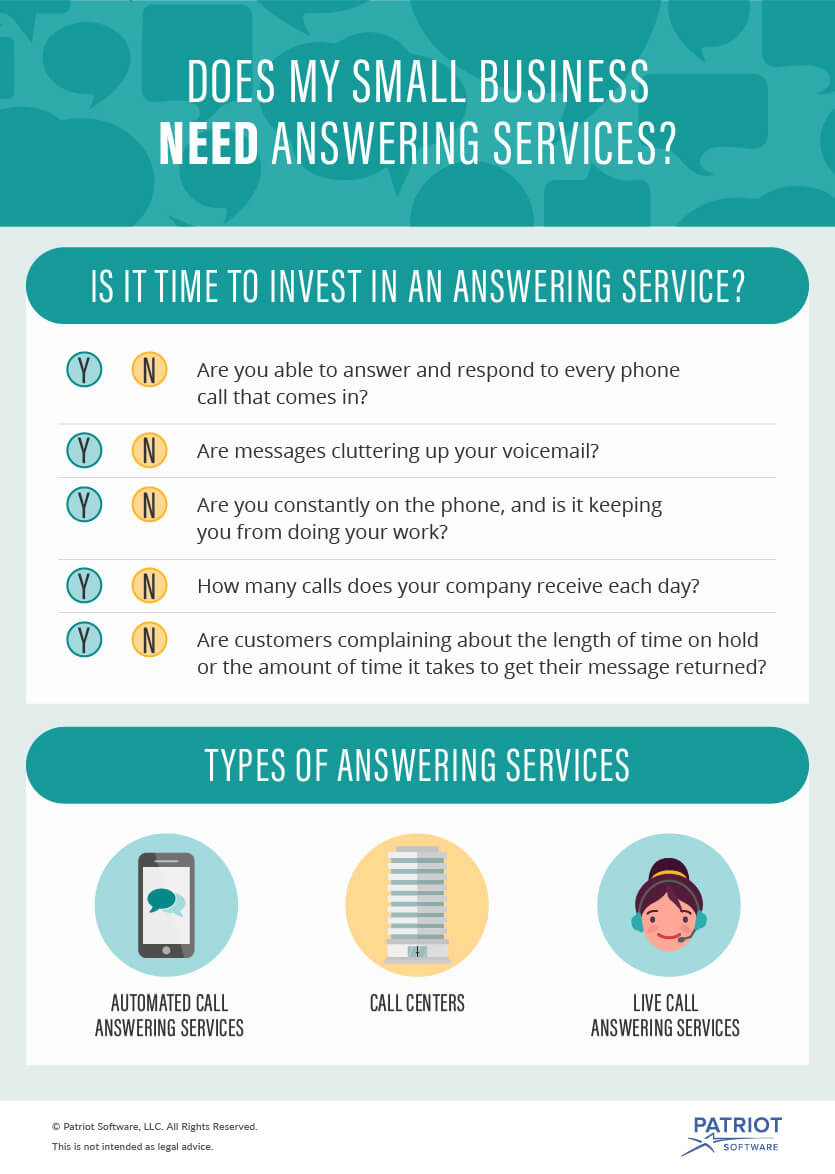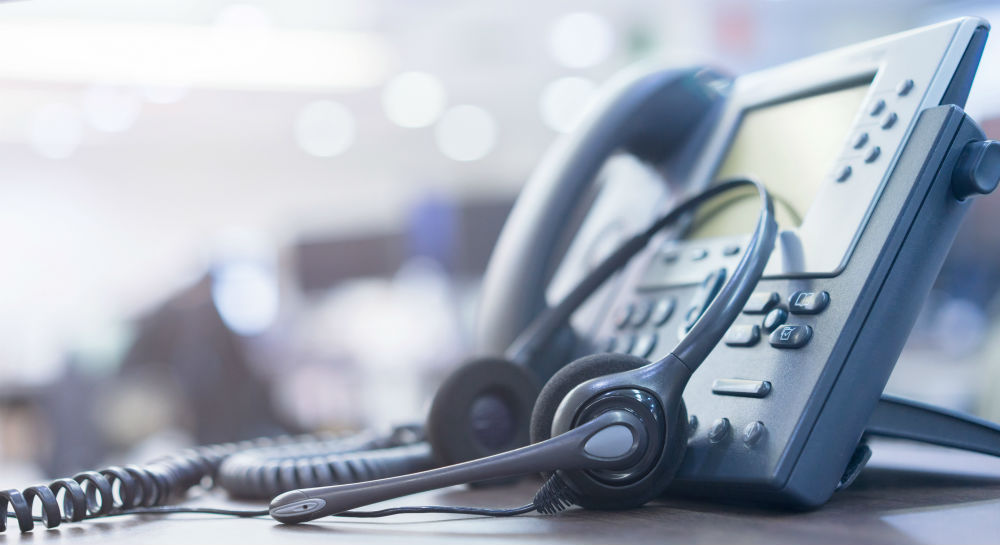All Categories
Featured
Table of Contents
- – Where To Buy Best What Is An Answering Service?
- – Best Can Virtual Receptionist - Answering Serv...
- – When Are The Best What Is An Answering Service...
- – Best How Does An Answering Service Work? Pric...
- – Who Is The Best Melbourne Telephone Answering...
- – When Are The Best How Does An Answering Serv...
Where To Buy Best What Is An Answering Service?
This device and its successors were designed by Sava Jacobson, an electrical engineer with a private consulting organization. While early voice mail used magnetic tape innovation, the majority of modern devices utilizes strong state memory storage; some devices use a combination of both, with a solid-state circuit for the outbound message and a cassette for the incoming messages.
"toll conserving" listed below) (virtual call answering service). This is helpful if the owner is screening calls and does not wish to consult with all callers. In any case after going, the calling party ought to be notified about the call having actually been answered (for the most part this starts the charging), either by some remark of the operator, or by some greeting message of the little, or addressed to non-human callers (e.
This holds especially for the Littles with digitally stored welcoming messages or for earlier devices (before the increase of microcassettes) with an unique limitless loop tape, different from a second cassette, devoted to recording. There have been answer-only devices without any recording abilities, where the welcoming message needed to inform callers of a state of current unattainability, or e (virtual telephone answering).
Best Can Virtual Receptionist - Answering Service - Phone Answering

about availability hours. In taping Little bits the greeting typically includes an invite to leave a message "after the beep". An answering maker that utilizes a microcassette to tape messages On a dual-cassette answerphone, there is an outbound cassette, which after the specified variety of rings plays a pre-recorded message to the caller.

Single-cassette voice mail contain the outgoing message at the beginning of the tape and incoming messages on the staying area. They initially play the announcement, then fast-forward to the next available space for recording, then record the caller's message. If there are numerous previous messages, fast-forwarding through them can trigger a considerable hold-up.
This beep is frequently referred to in the greeting message, requesting that the caller leave a message "after the beep". Little bits with digital storage for the taped messages do disappoint this hold-up, of course. A little may provide a push-button control center, where the answerphone owner can call the house number and, by entering a code on the remote telephone's keypad, can listen to recorded messages, or erase them, even when away from house.
When Are The Best What Is An Answering Service? Deals

Thereby the maker increases the number of rings after which it addresses the call (normally by two, leading to four rings), if no unread messages are presently saved, however answers after the set variety of rings (typically two) if there are unread messages. This allows the owner to discover whether there are messages waiting; if there are none, the owner can hang up the phone on the, e.
Some makers likewise allow themselves to be remotely triggered, if they have actually been turned off, by calling and letting the phone ring a particular a great deal of times (usually 10-15). Some service suppliers desert calls currently after a smaller number of rings, making remote activation difficult. In the early days of Littles a special transmitter for DTMF tones (dual-tone multi-frequency signalling) was regionally required for push-button control, considering that the formerly employed pulse dialling is not apt to convey suitable signalling along an active connection, and the dual-tone multi-frequency signalling was implemented step-by-step.
Any incoming call is not identifiable with regard to these properties in advance of going "off hook" by the terminal devices. So after going off hook the calls should be switched to proper devices and only the voice-type is right away available to a human, however maybe, however must be routed to a TAD (e.
Best How Does An Answering Service Work? Prices Near Me
What if I told you that you do not have to actually select up your gadget when responding to a customer call? Another person will. So practical, best? Answering phone calls doesn't need somebody to be on the other end of the line. Effective automated phone systems can do the technique just as efficiently as a live agent and often even better.
An automatic answering service or interactive voice reaction system is a phone system that interacts with callers without a live person on the line - virtual telephone answering service. When companies utilize this innovation, consumers can get the answer to a question about your service just by utilizing interactions set up on a pre-programmed call circulation.
Although live operators update the customer support experience, numerous calls do not need human interaction. A basic taped message or instructions on how a consumer can recover a piece of details generally resolves a caller's instant need - virtual telephone answering. Automated answering services are a simple and reliable way to direct incoming calls to the right person.
Who Is The Best Melbourne Telephone Answering Service : Virtual Reception Manufacturer
Notification that when you call a business, either for support or product inquiry, the very first thing you will hear is a pre-recorded voice welcoming and a series of alternatives like press 1 for client service, press 2 for queries, and so on. The pre-recorded alternatives branch out to other options depending on the customer's choice.
The phone tree system helps direct callers to the right individual or department utilizing the keypad on a cellphone. In some circumstances, callers can utilize their voices. It's worth keeping in mind that auto-attendant alternatives aren't restricted to the ten numbers on a phone's keypad. As soon as the caller has actually chosen their very first option, you can develop a multi-level auto-attendant that uses sub-menus to direct the caller to the right sort of support.
The caller does not have to communicate with a person if the auto-attendant phone system can manage their concern. The automatic service can route callers to a worker if they reach a "dead end" and need support from a live agent. It is pricey to hire an operator or executive assistant.
When Are The Best How Does An Answering Service Work? Deals
Automated answering services, on the other hand, are substantially less expensive and provide substantial cost savings at approximately $200-$420/month. Even if you do not have actually devoted personnel to handle call routing and management, an automated answering service improves productivity by enabling your team to focus on their strengths so they can more efficiently spend their time on the phone.
A sales lead routed to customer care is a lost shot. If a consumer who has product questions reaches the wrong department or gets incomplete answers from well-meaning staff members who are less trained to manage a particular kind of question, it can be a reason for frustration and dissatisfaction. An automated answering system can decrease the variety of misrouted calls, thereby helping your workers make much better use of their phone time while freeing up time in their calendar for other tasks.
With Automated Answering Systems, you can create a personalized experience for both your staff and your callers. Make a recording of your primary welcoming, and just upgrade it routinely to reflect what is going on in your company. You can create as lots of departments or menu choices as you desire.
Table of Contents
- – Where To Buy Best What Is An Answering Service?
- – Best Can Virtual Receptionist - Answering Serv...
- – When Are The Best What Is An Answering Service...
- – Best How Does An Answering Service Work? Pric...
- – Who Is The Best Melbourne Telephone Answering...
- – When Are The Best How Does An Answering Serv...
Latest Posts
Proven Auto-attendant Answering Service
Quality Medical Answering Service – Perth
Expert Small Business Answering Service Near Me ( Bendigo 3550)
More
Latest Posts
Proven Auto-attendant Answering Service
Quality Medical Answering Service – Perth
Expert Small Business Answering Service Near Me ( Bendigo 3550)